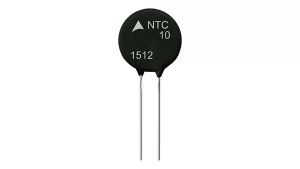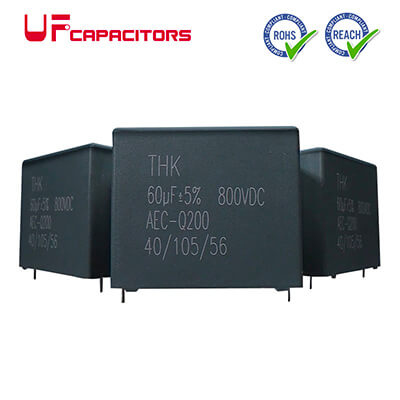The primary difference between 100K and 10K thermistors lies in their nominal resistance values at a specific reference temperature, typically around 25°C. Both refer to NTC (Negative Temperature Coefficient) thermistors, which means that their resistance decreases as temperature increases. However, the “100K” and “10K” indicate their respective nominal resistances:

100K Thermistor
- Nominal Resistance: 100,000 ohms (100K ohms) at around 25°C reference temperature.
- Resistance-Temperature Relationship: The resistance decreases as the temperature rises, following a nonlinear curve.
- Sensitivity: 100K thermistors are typically less sensitive to temperature changes compared to lower resistance thermistors like 10K ones.
- Use Cases: They are often used in applications where the temperature range is moderate and not extremely high or low, and where high sensitivity is not critical.
Discover related topics: The Versatile NTC Thermistor 10k
10K Thermistor
- Nominal Resistance: 10,000 ohms (10K ohms) at around 25°C reference temperature.
- Resistance-Temperature Relationship: Similar to the 100K thermistor, the resistance decreases as temperature increases, following a nonlinear curve.
- Sensitivity: 10K thermistors are generally more sensitive to temperature changes compared to higher resistance thermistors like 100K ones.
- Use Cases: They are used in applications where higher sensitivity to temperature changes is needed. This makes them suitable for applications where precise temperature measurements are crucial, including industrial processes, automotive systems, and medical devices.
Discover related topics: What is the value of NTC 100K thermistor
The choice between a 100K and a 10K thermistor depends on the specific requirements of the application. If precision and high sensitivity to temperature changes are necessary, a 10K thermistor might be preferred. On the other hand, if moderate sensitivity is acceptable and the application involves a wider temperature range, a 100K thermistor could be more appropriate.
It’s worth noting that both types of thermistors require careful calibration and compensation due to their nonlinear resistance-temperature characteristics. The choice should be based on the target temperature range, the required sensitivity, and the specific characteristics of the application in which they will be used.




